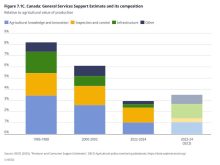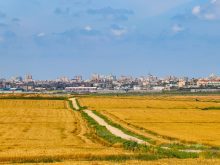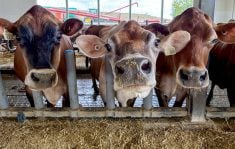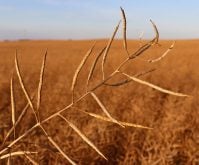We expect the next agriculture policy framework will continue to have two main areas of focus: safety net, or Business Risk Management (BRM) programs for farmers, and Strategic Initiative funding to support programs with broader policy goals.
Agriculture and Agri-Food Canada research has shown that AgriStability is used disproportionately by larger farms. When GF2 (Growing Forward 2) was being designed, the NFU called for a cap on per-farm payouts. We also recommended maintaining AgriStability’s 15 per cent margin loss trigger. However, GF2 did not cap payments and it changed the trigger to 30 per cent below reference margins.
Read Also
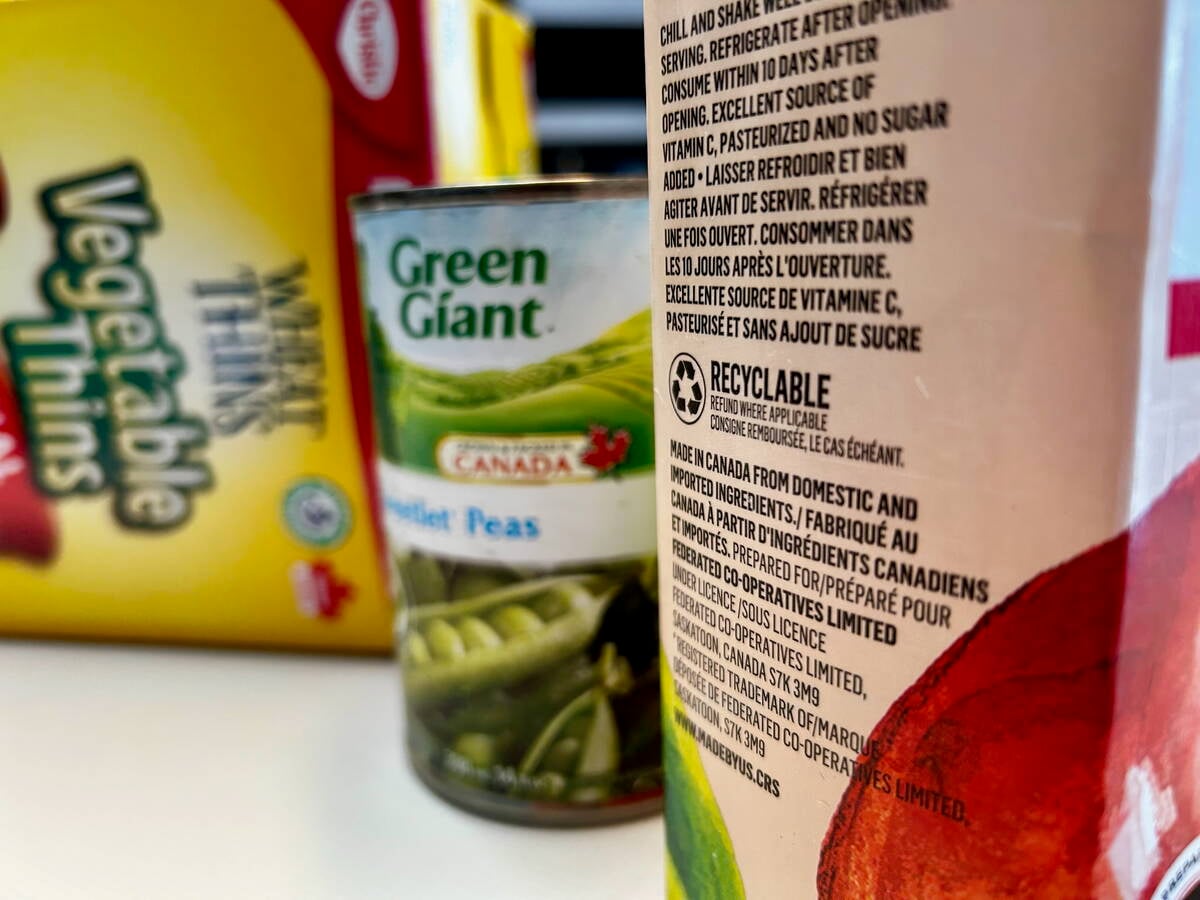
Unclear food labels hinder Canada’s ‘buy local’ surge
“Maple-washing” on Canadian food packaging makes label claims hard to keep straight and hurts both farmers and consumers trying to buy Canadian, economist says.
The result was only those sectors with both extreme volatility and highly specialized operations could benefit. In addition, GF2 capped the margin loss payout at the lesser of a farm’s reference margin or its eligible input costs, effectively making the program irrelevant to low-input operations.
Smaller farms are largely excluded from AgriStability because of the cost of paying an accountant to do all the paperwork required.
Thus, both the cost of participating and the structure of GF2’s AgriStablity program favour larger-scale, specialized, high-input farms, while low-input diversified farms have had to manage the risks such as disease outbreaks, price volatility and market issues due to currency fluctuations, without public support.
We urge you to ensure that BRM programs are accessible, relevant and useful for farms of different sizes and production systems and to ensure that payouts are capped so these programs do not incentivize excessive expansion and risk taking.
Marketing
We also urge you to recognize the importance of farmer-controlled marketing institutions as the most effective method of reducing business risk for farmers. In the late 1990s, provincial single-desk marketing agencies for hogs were eliminated. The resulting exposure to price volatility means the sector is now highly dependent on BRM programs.
Destruction of the farmer-directed single-desk Canadian Wheat Board has reduced farmers’ income potential and increased the need for some to draw upon the BRM programs to continue operating. In contrast, the supply-managed sectors have not needed to use GF2’s BRM programs.
Strategic initiatives
Most of GF2’s Strategic Initiative programs are strongly focused on increasing exports. Yet, since GF and GF2 have been in place we have seen some sectors lose significant ground to imports.
For example, in 2005 Canada’s imports and exports of processed fruit and vegetables were nearly balanced. By 2014, the value of imports exceeded that of exports by close to $1.5 billion. Lamb imports have been rising steadily, while Canada still exports almost no lamb at all.
Canadian consumers’ grocery dollars are increasingly leaving Canada to pay for imported food from other jurisdictions — including food that could be reliably produced on our own farms, and processed and marketed here with a smaller environmental footprint and with greater benefit to our own economy.
We would like to see the next policy framework do much more to develop our food system’s capacity to develop and retain domestic markets for Canadian farm products.
Improving our processing, storage and distribution capacity along with creating and strengthening effective, farmer-controlled marketing institutions will provide the infrastructure needed for Canadian farmers in every province to provide more food to their urban neighbours.
These investments will be strategic, as they will reduce the risks of food shortages and sharp price increases resulting from our reliance on distant suppliers that are vulnerable to climate change.
Social licence
We are aware that “social licence” is on the ministers’ radar. We urge you to avoid providing Strategic Initiative dollars for a public relations approach to consumer concerns. Instead, ensure that the fundamentals that earn consumers’ trust in the food system are in place — an accountable, transparent, regulatory system where rules are both created and properly enforced to protect the public interest. Any Strategic Initiative program funding in relation to social licence issues should be used to help develop or enhance the kinds of farming practices that respond to consumer demand.
Climate change is having ever-greater impacts on farmers as we experience severe weather and climate effects more frequently. We would like disaster relief programs to reflect the reality that some disasters create problems that last longer than one year. Increased total funding as well as program design changes should be put in place to recognize the need for multi-year assistance.
We also recommend that all strategic investments be evaluated for their impact on climate change.
Projects should not be approved if they would increase GHG emissions. Instead, the priority should be on initiatives that help farmers and others in the food industry reduce their GHG emissions.
The new policy framework should also include Strategic Initiative funds to help farmers adapt to climate change effects such as flooding, drought, new insect and disease problems, less predictable frost dates, lack of snow cover — through research, education and outreach — not by product development and commercialization.


